A Unique Stamp Find
Recently, I discovered a collection of 11,000 of the 1998 “$1 Red Fox” postage stamp. These stamps, stored in a safe since the 1990s, now hold a surprisingly high value, with a single sheet of 20 selling for over $175, sometimes even $200, on platforms like eBay. This discovery brings attention to a unique part of postal history and raises an interesting question: why does this particular stamp command such a premium when most other stamps from the same era are valued only at face value?
Why Are Modern U.S. Stamps Typically Worth Only Face Value?
Most U.S. stamps issued after 1935 hold no additional value beyond their original face value. Even stamps from the 1940s are frequently used on packages today, simply requiring the correct number of stamps to meet modern postage rates. The $1 Red Fox stamp, however, stands as an outlier in value among other 1990s stamps. To understand this anomaly, let’s dive into the production numbers and unique features of this stamp.
Production Numbers of the $1 Red Fox Stamp
According to sources like the Mystic Stamp Company, an estimated 200 million Red Fox stamps were produced—a notably high quantity, especially compared to the 3-cent Mars Pathfinder stamp, which had only about 15 million printed. Despite this high production number, exact figures remain speculative, as the U.S. Postal Service (USPS) doesn’t typically release specific print numbers for definitive stamps. While some historical records are available (the USPS has documented quantities since the Liberty Bell Forever stamp in 2009), exact figures for the $1 Red Fox stamp remain elusive.
Unique Features of the $1 Red Fox Stamp
One factor that may contribute to its high value is its unique design. The Red Fox stamp was the first U.S. postage stamp to feature a “scrambled indicia” or hidden image, which can only be viewed through a special decoder lens. While some have argued that this was a security feature, it likely served more as a marketing strategy aimed at engaging younger collectors, reminiscent of the secret decoder rings from the 1950s.
The post office even sold the necessary decoder lens to the public, suggesting that this design choice was meant to spark curiosity and increase interest in stamp collecting among the youth.
Variants of the $1 Red Fox Stamp
There are two versions of this stamp—Scott catalog numbers 3036 and 3036a—each with distinct physical characteristics. The 3036 has a serpentine die cut with measurements of 11½ by 11¼, while the 3036a die cut measures 11¾ by 11. Additionally, the tags on these stamps differ under ultraviolet (UV) light: 3036 has a yellowish-green glow, whereas 3036a exhibits a bluish-green glow. Another distinguishing feature is that 3036 was printed on sheets of six panes, while 3036a was printed on sheets of ten panes.
Understanding The High Market Value
The high prices of the $1 Red Fox stamp are driven by three key factors: supply, demand, and market-based pricing.
Supply of $1 Red Fox Stamps
At the time of this writing, only a limited number of Red Fox sheets are available online, with just 13 listed on eBay, whereas other stamps, like the Mars Pathfinder, have over 50 listings, many of which are offered at face value. This scarcity in listings, despite high print quantities, hints that the true quantity available to collectors today may be far less than what was originally printed.
Demand for Collectible Stamps
High demand can increase a stamp’s value, especially if collectors seek it for its unique features or novelty. If a stamp has a special feature, like the scrambled indicia on the Red Fox, the demand could drive prices up due to the interest in a rare collectible feature.
The Role of Market-Based Pricing
Once a collectible item sells at a high price, future sellers often set their prices based on this precedent, creating a “market-based price.” As the $1 Red Fox stamps became more valuable over time, sellers began referencing past sales to justify higher prices, establishing a new baseline for this stamp’s market value.
The Risks of Sudden Market Supply Increases
While these Red Fox stamps currently enjoy high market value, this could change if a large quantity suddenly becomes available. When major collections enter the market, prices can drop significantly. This was seen with other collectible stamps in 2020, where market prices dropped due to a surplus supply from a notable dealer’s collection.
The Future Of Stamp Collecting
The value of collectible stamps depends on the number of active collectors. If new collectors enter the hobby or if interest increases, prices for scarce items like the $1 Red Fox stamp may continue to rise. However, a decline in interest, as has been seen in recent years, could lead to decreased prices over time, especially if supply outweighs demand.
To preserve the value of collectible stamps, collectors can help foster interest in younger generations. Sharing common stamps with historical value may spark a budding interest in the hobby, much as it did for many long-time collectors.
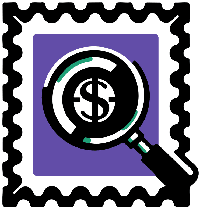




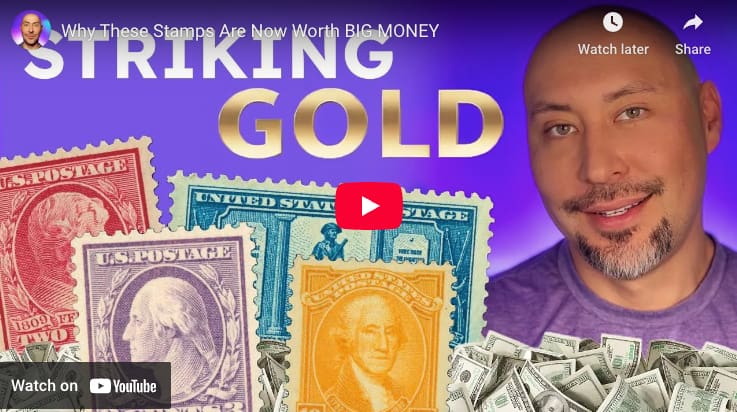
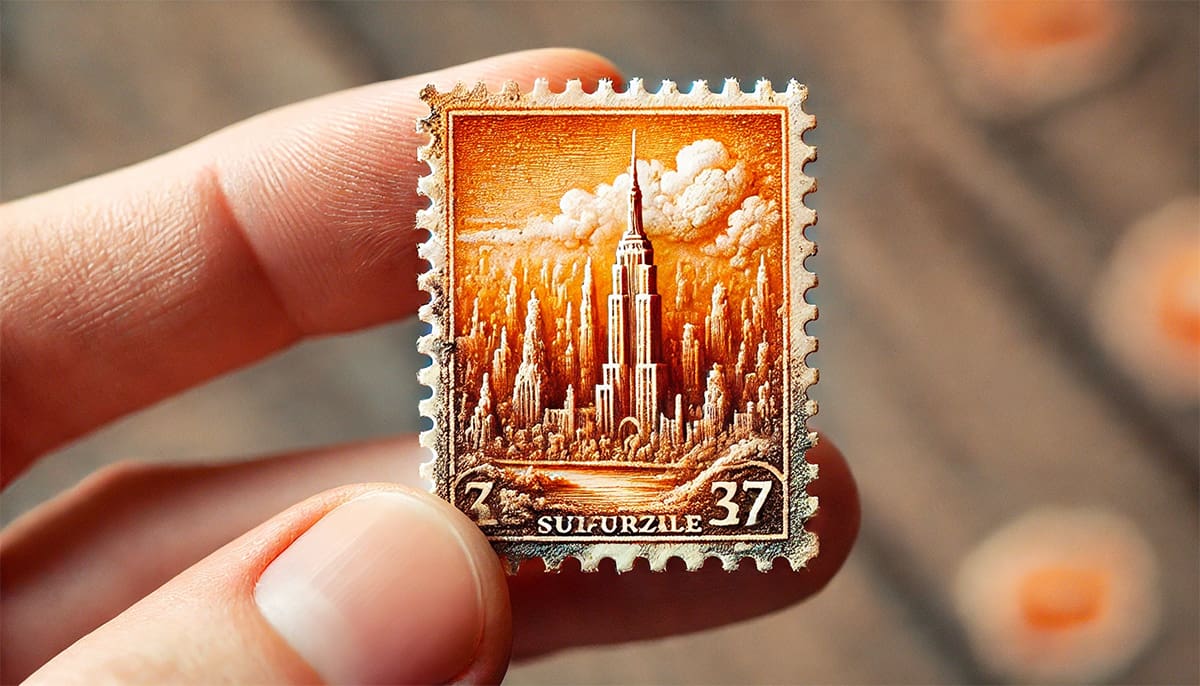

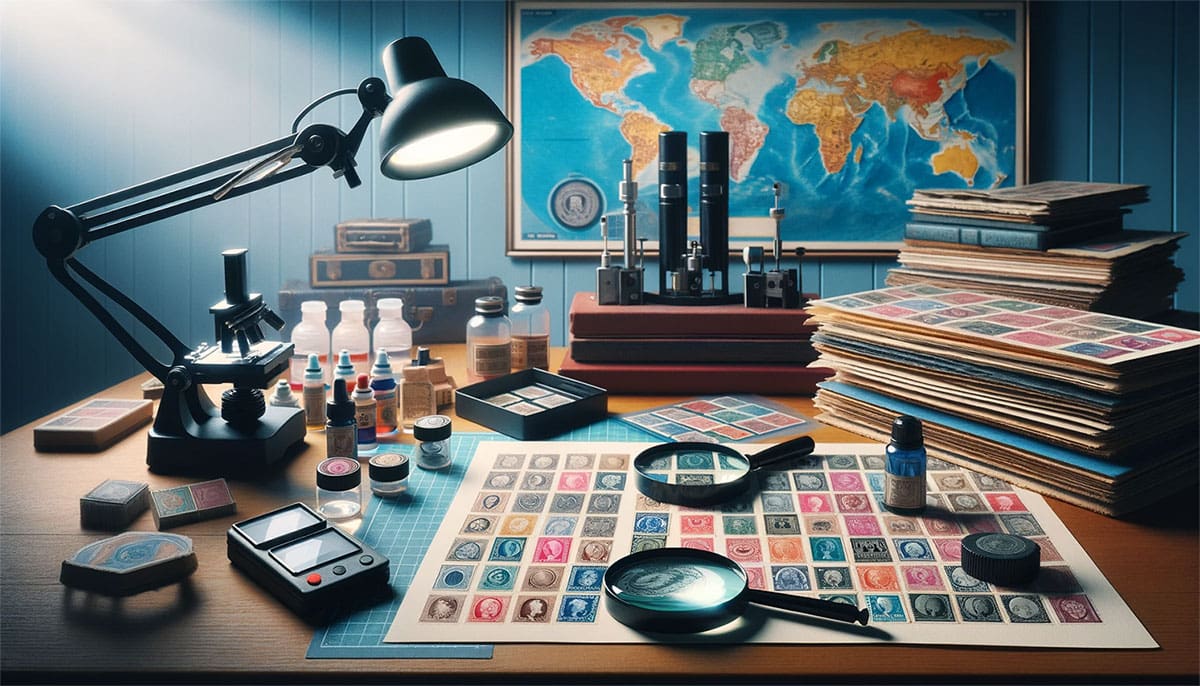

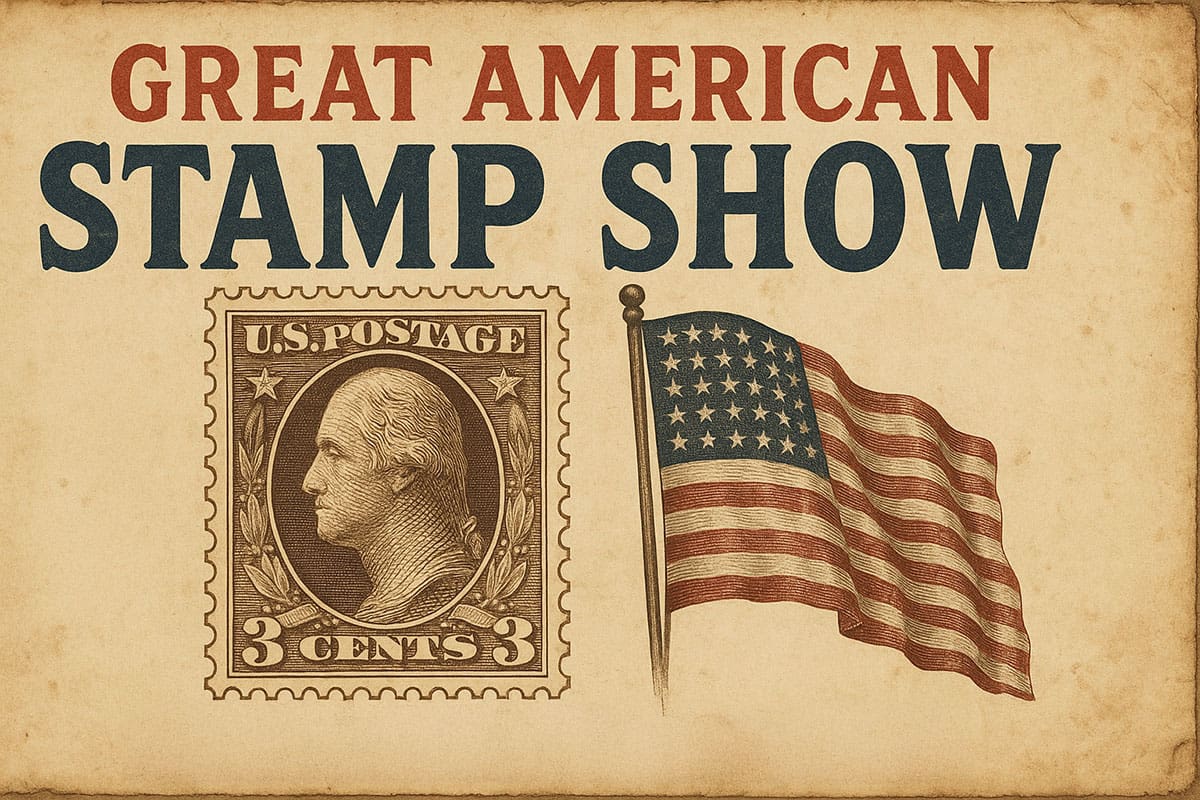

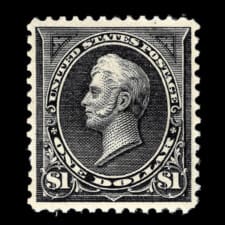
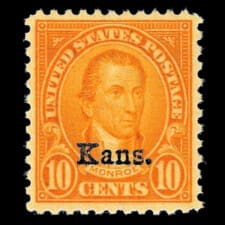
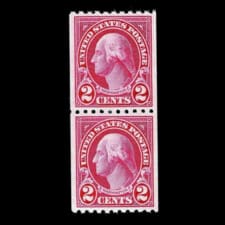
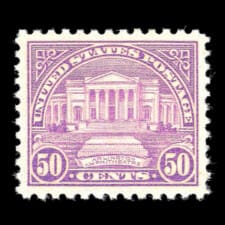

Ask A Question Or Leave A Comment